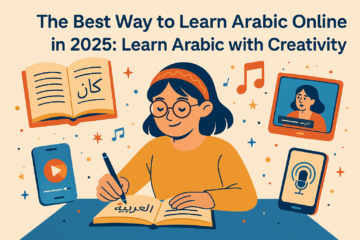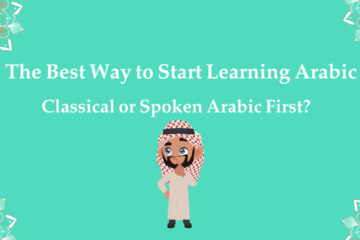Why you should study Levantine Arabic First

In the middle east, the first language that children learn is from age 2 to 5 – in this period, the child will pick the Arabic dialect from his surroundings, by imitating the sounds he hears from his parents, siblings and the environment brought in. if he was born in the Levantine Arabic region, he will speak the Levantine Arabic Dialect., and if he was brought up in Egypt, his dialect will be Egyptian Arabic and so on for the rest of the Middle East. per in mind, that the child can only speak Arabic but not read or write.
“The bottom line here is that Children in the middle east learn Spoken Arabic ( Arabic dialect ) first.”
Classical Arabic is introduced to Native Arabic speakers at the school from Age 6 and onwards
At this stage, the child can communicate fluently in his dialect, but he can’t read and write then, the teacher in the primary school introduced them to the Arabic alphabet and teach them how to read and write simple texts and scripts.
As they go further in their studies, they get introduced to the Classical Arabic language, learn the essential grammar and begin to read more complex scripts in Classical Arabic.
Now, the native Arabic speaker can speak Colloqail spoken Arabic, read and write Classical Arabic scripts
“Note here, that the teacher uses Spoken Arabic in the class to teach his students classical Arabic. “
What I am trying to say here is that Learning Colloquial spoken Arabic first and then going to Classical Arabic is more natural and more effective to get you speaking fluently, besides, reading newspapers and Arabic novels and writing in Arabic. This is my approach to Learning Arabic which I follow in teaching my students
Nassra Arabic Method
. For the last decade I have developed a comprehensive program called Nassra Arabic Method which enables you to achieve the following:
. Fluency in Speaking Levantine Arabic within six Months.
. Fluency in Reading articles related to Media Arabic and business.


